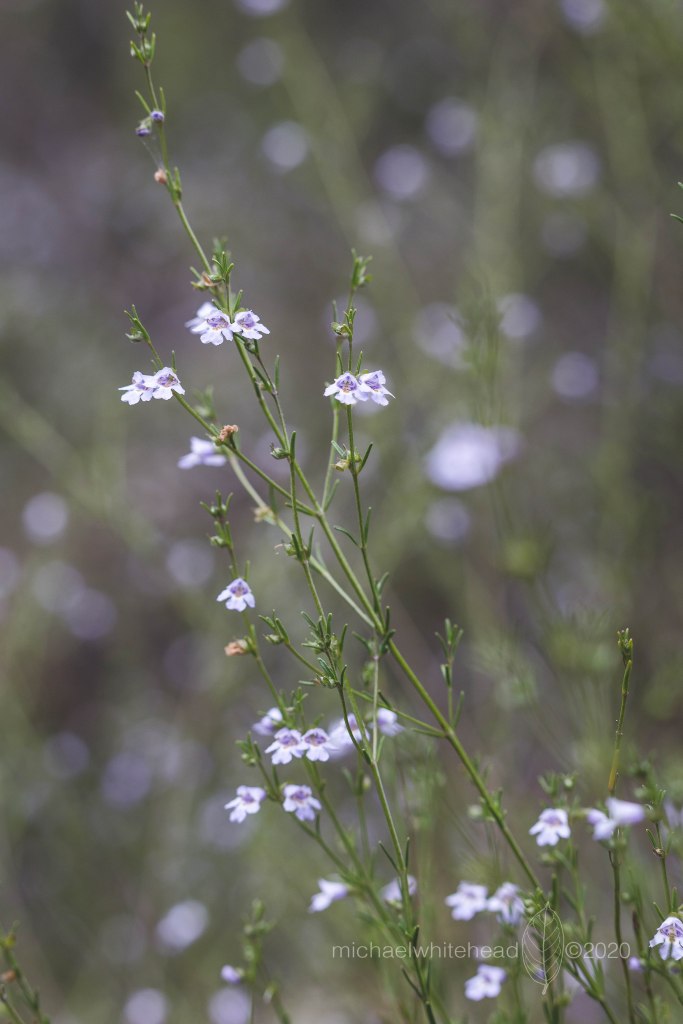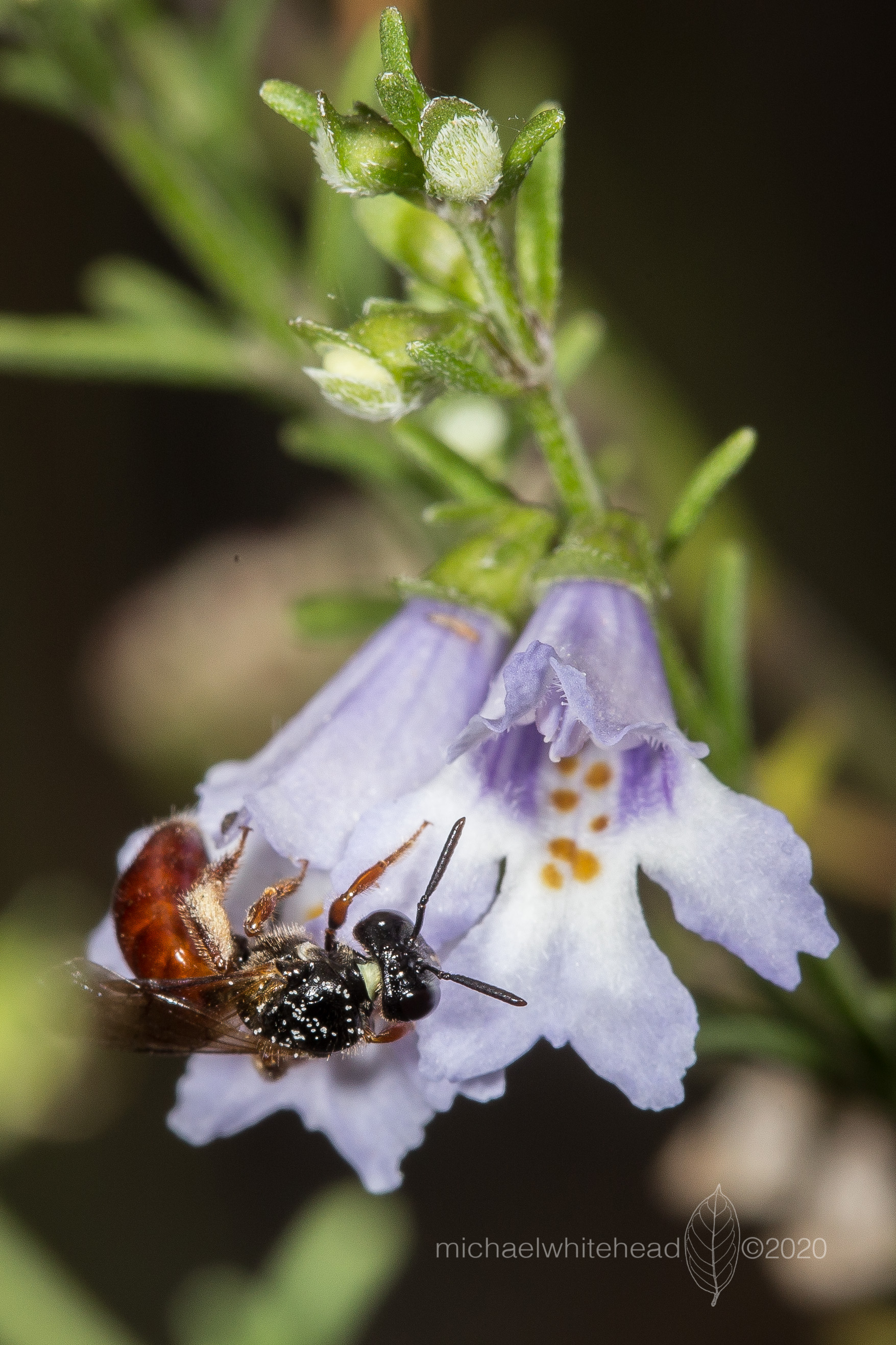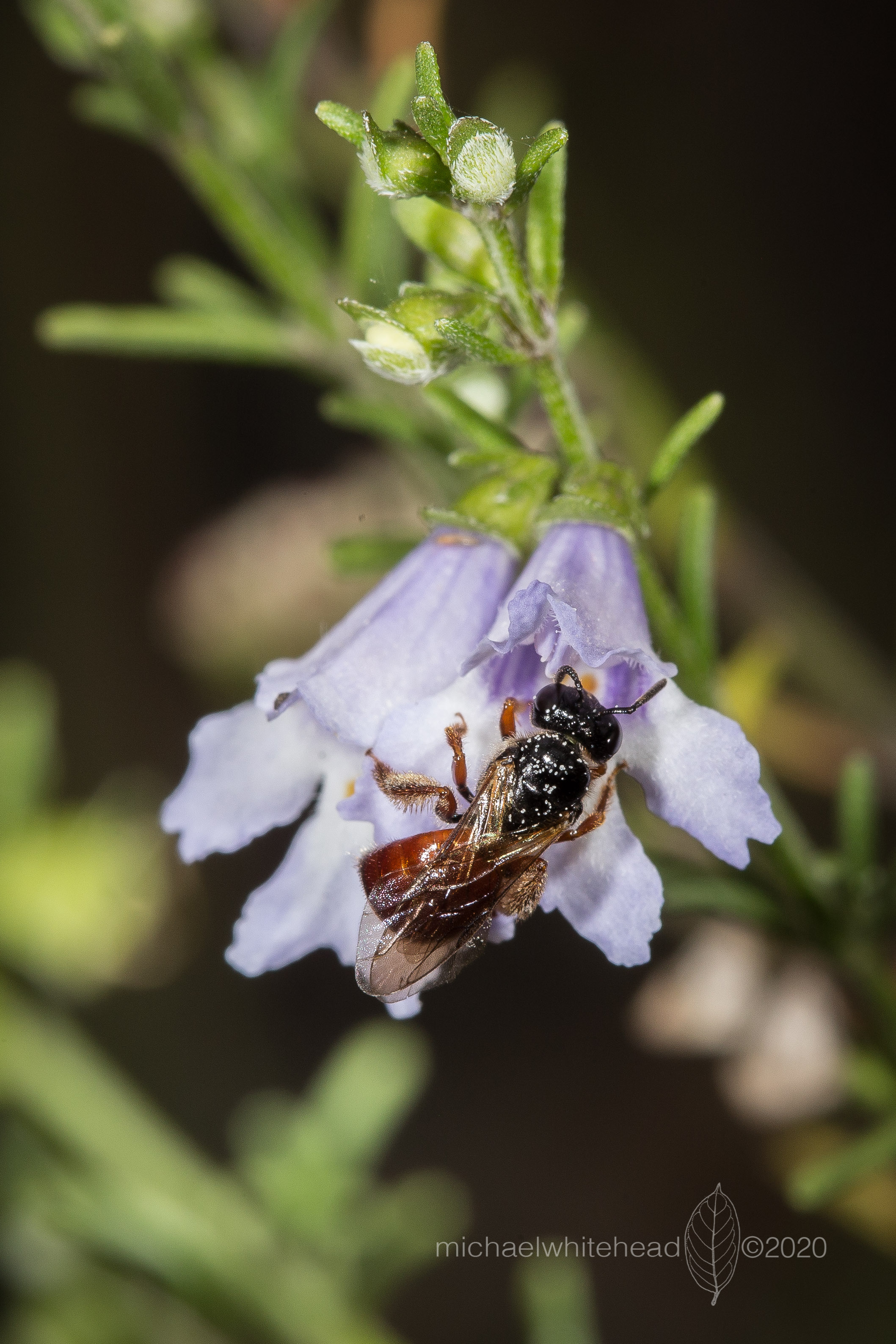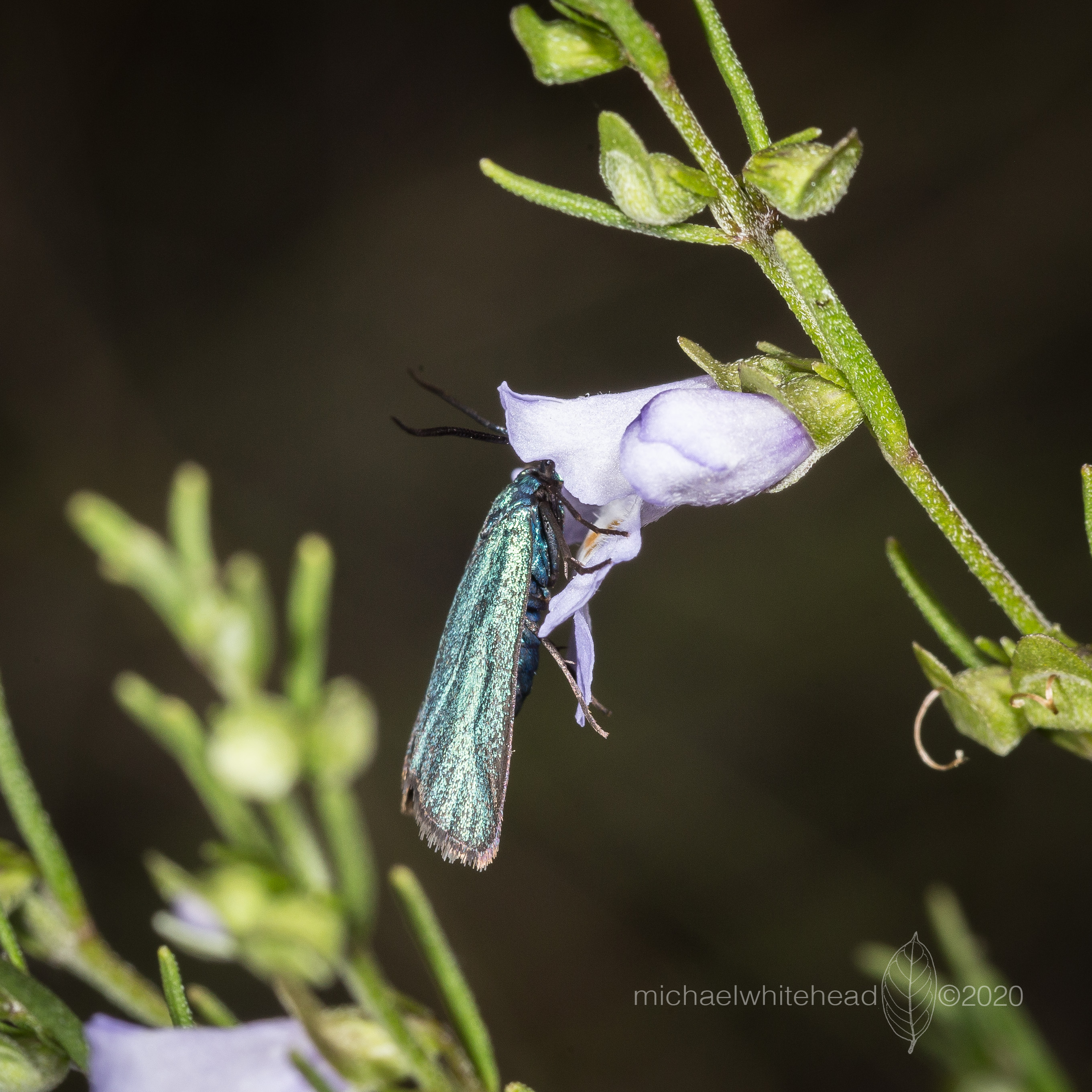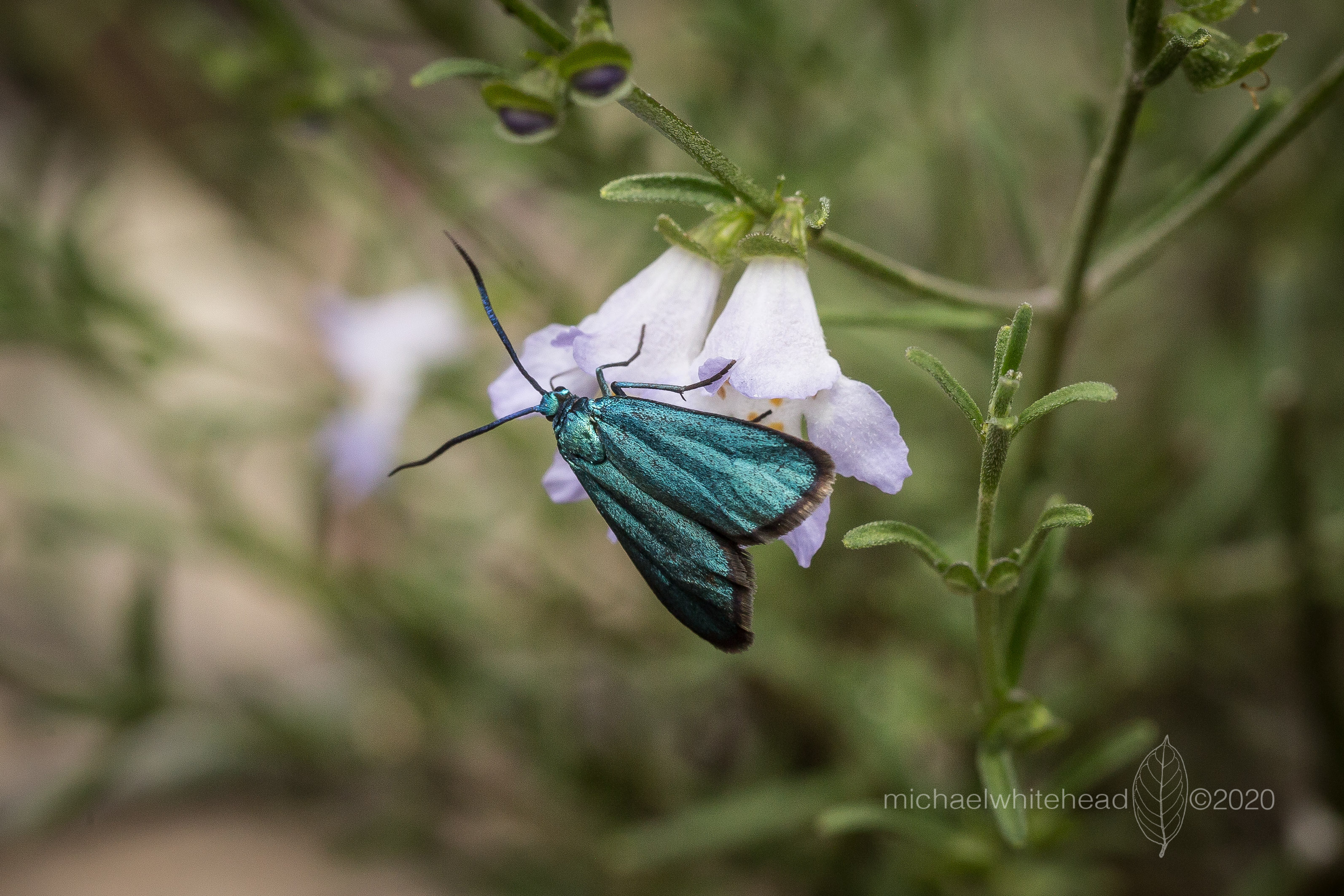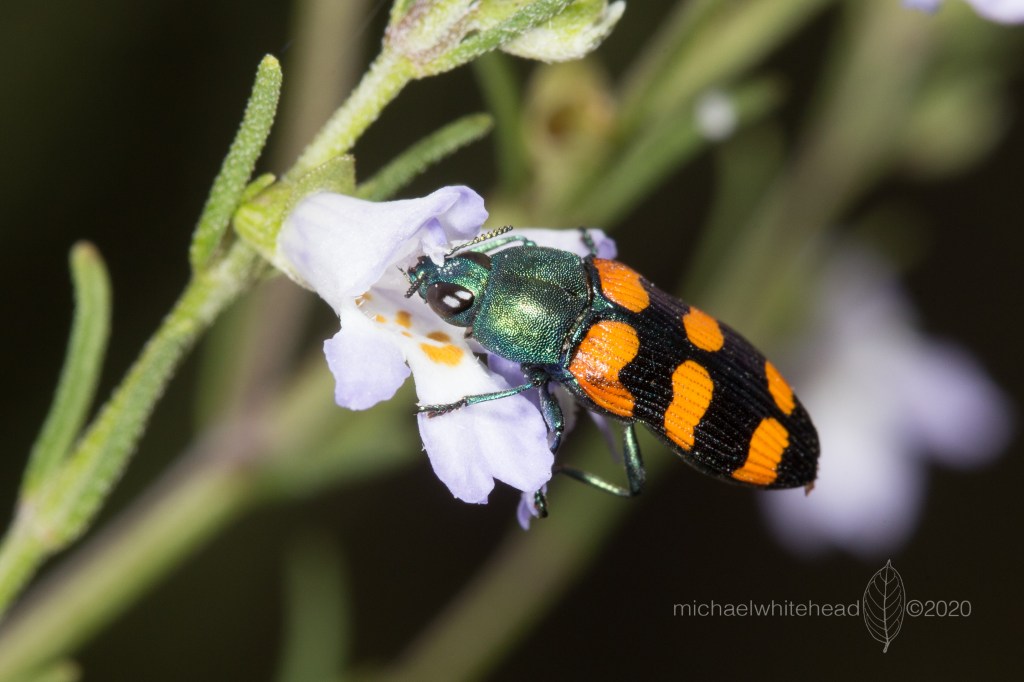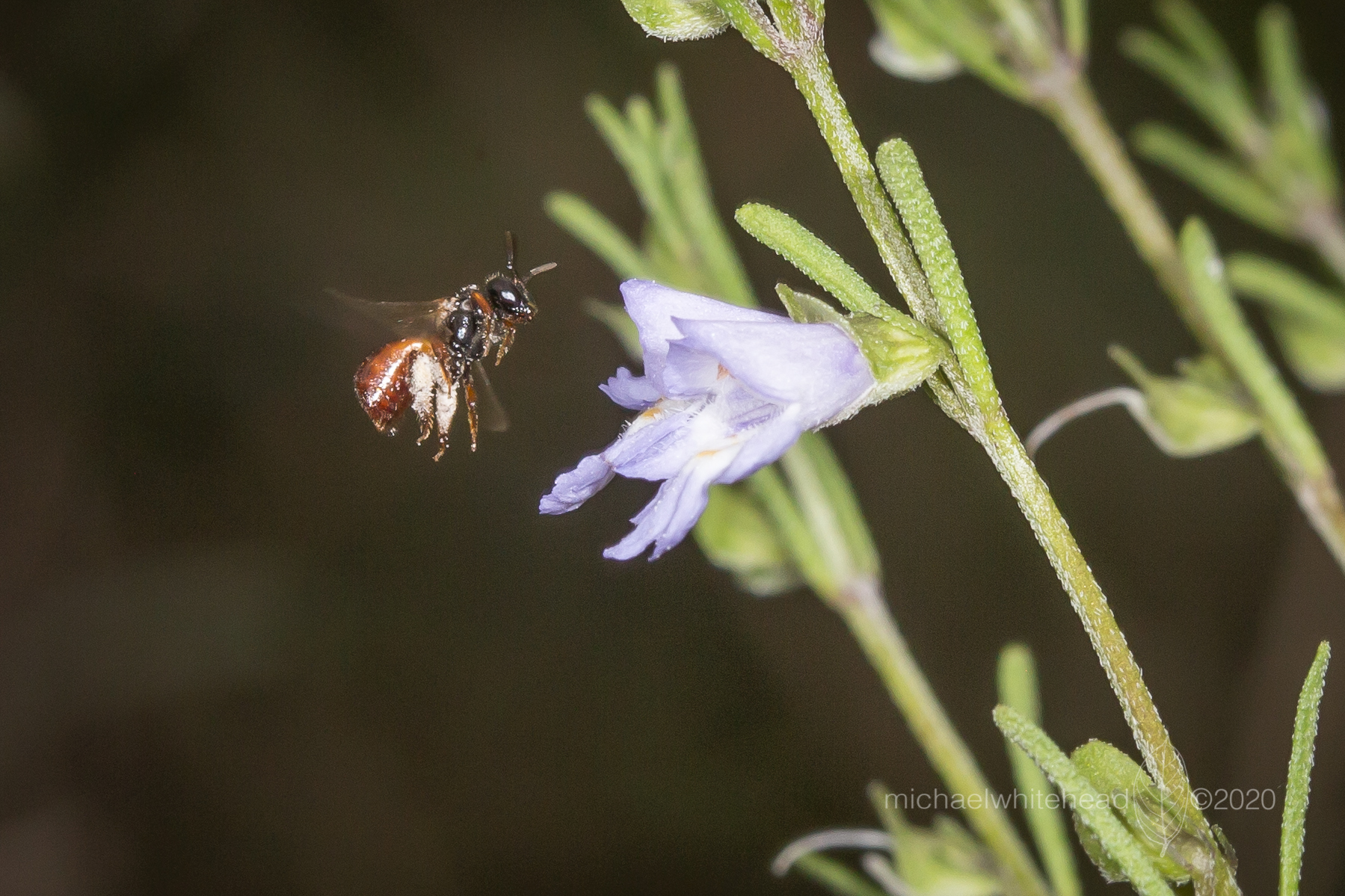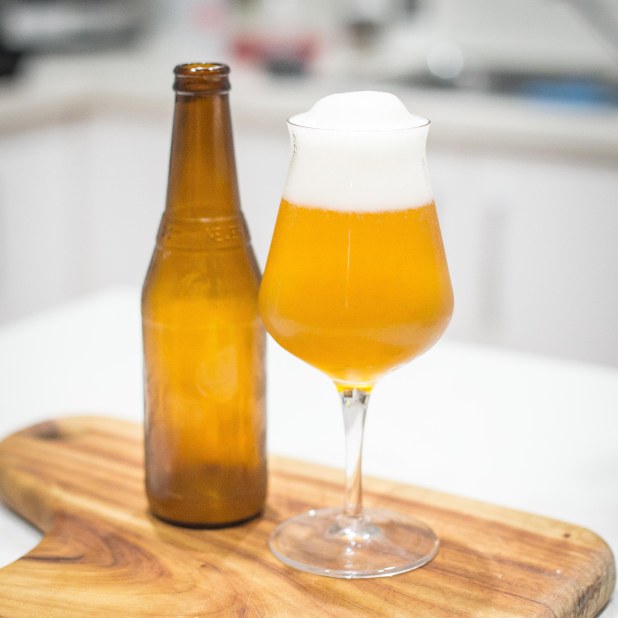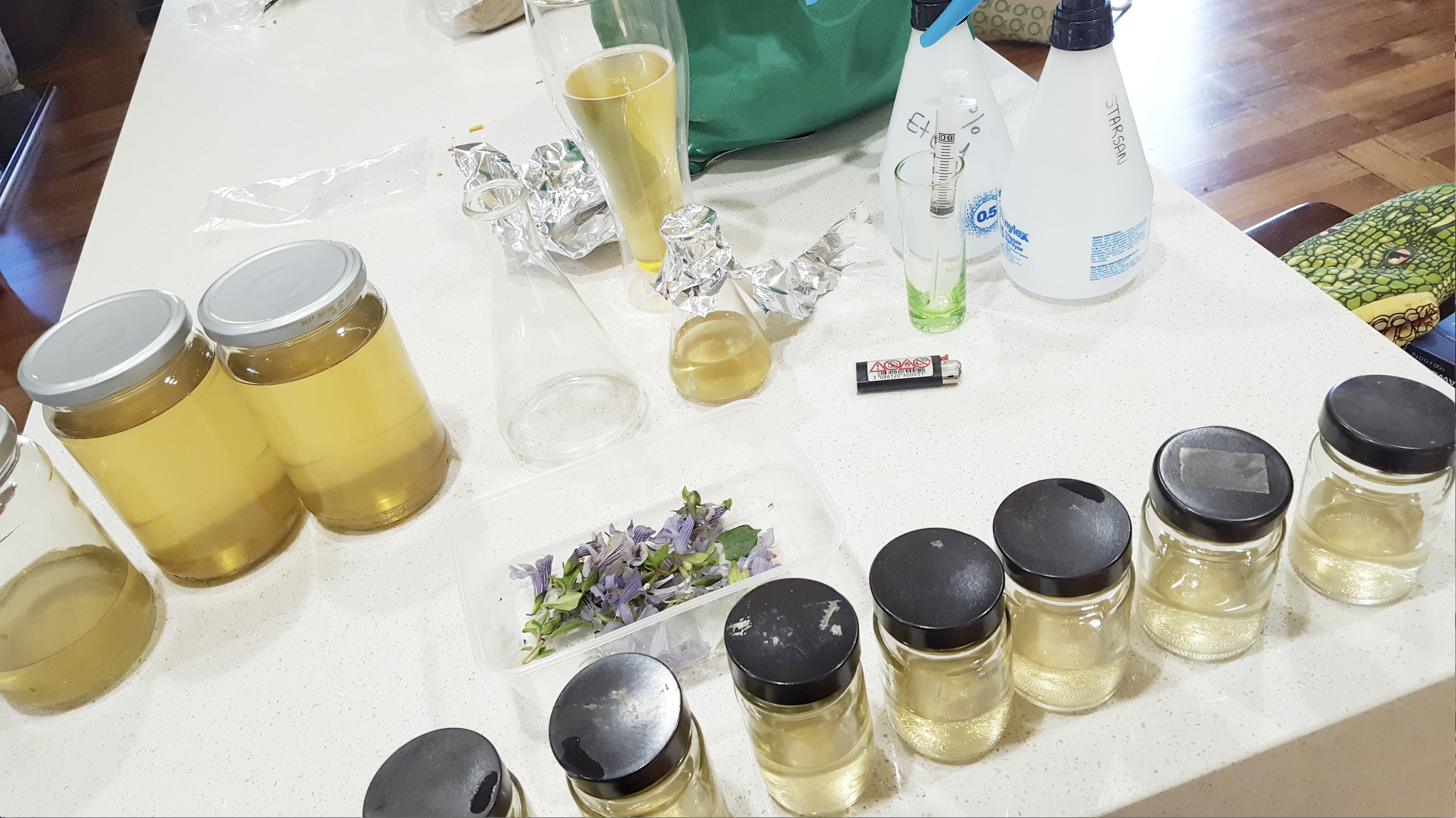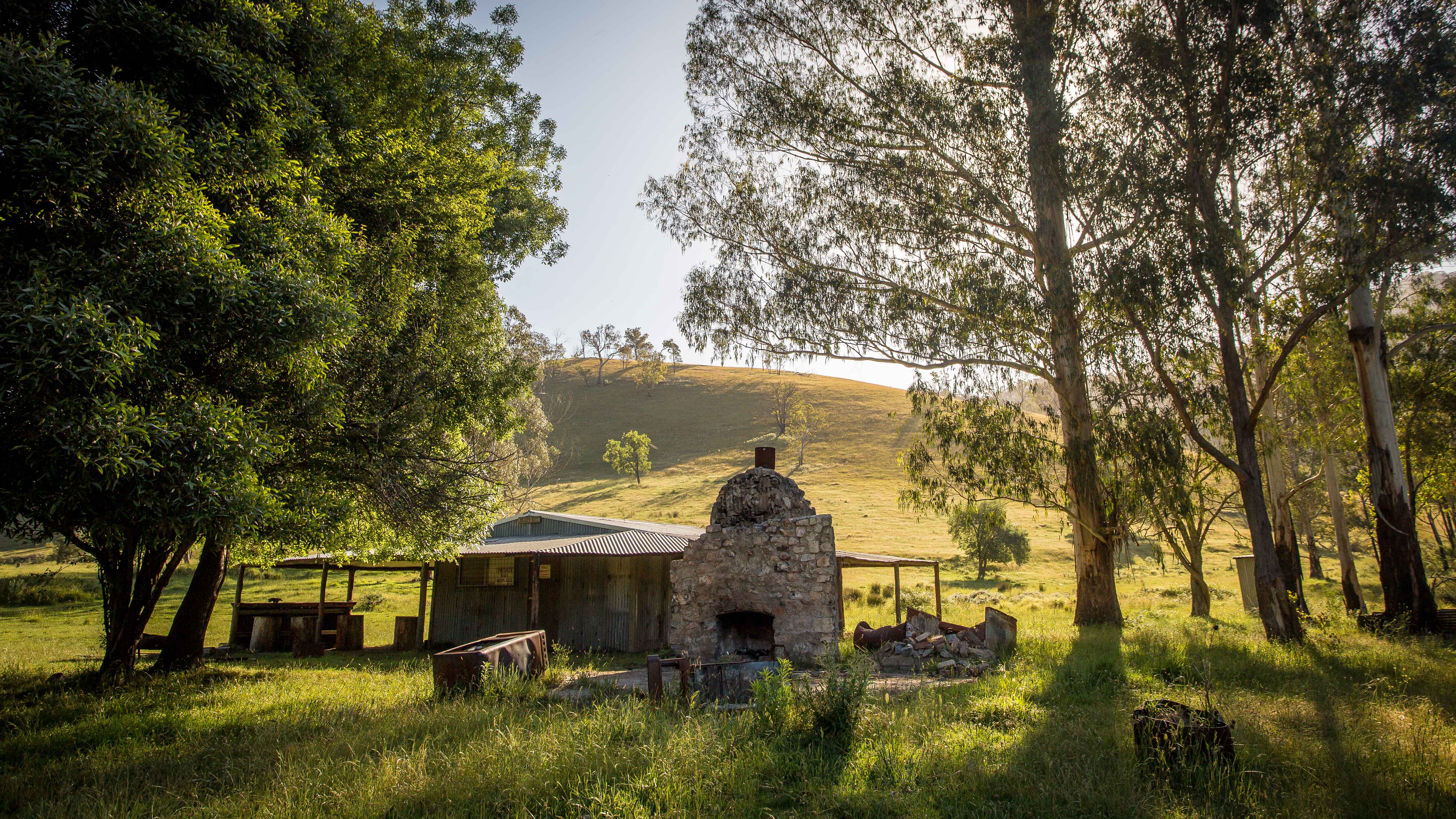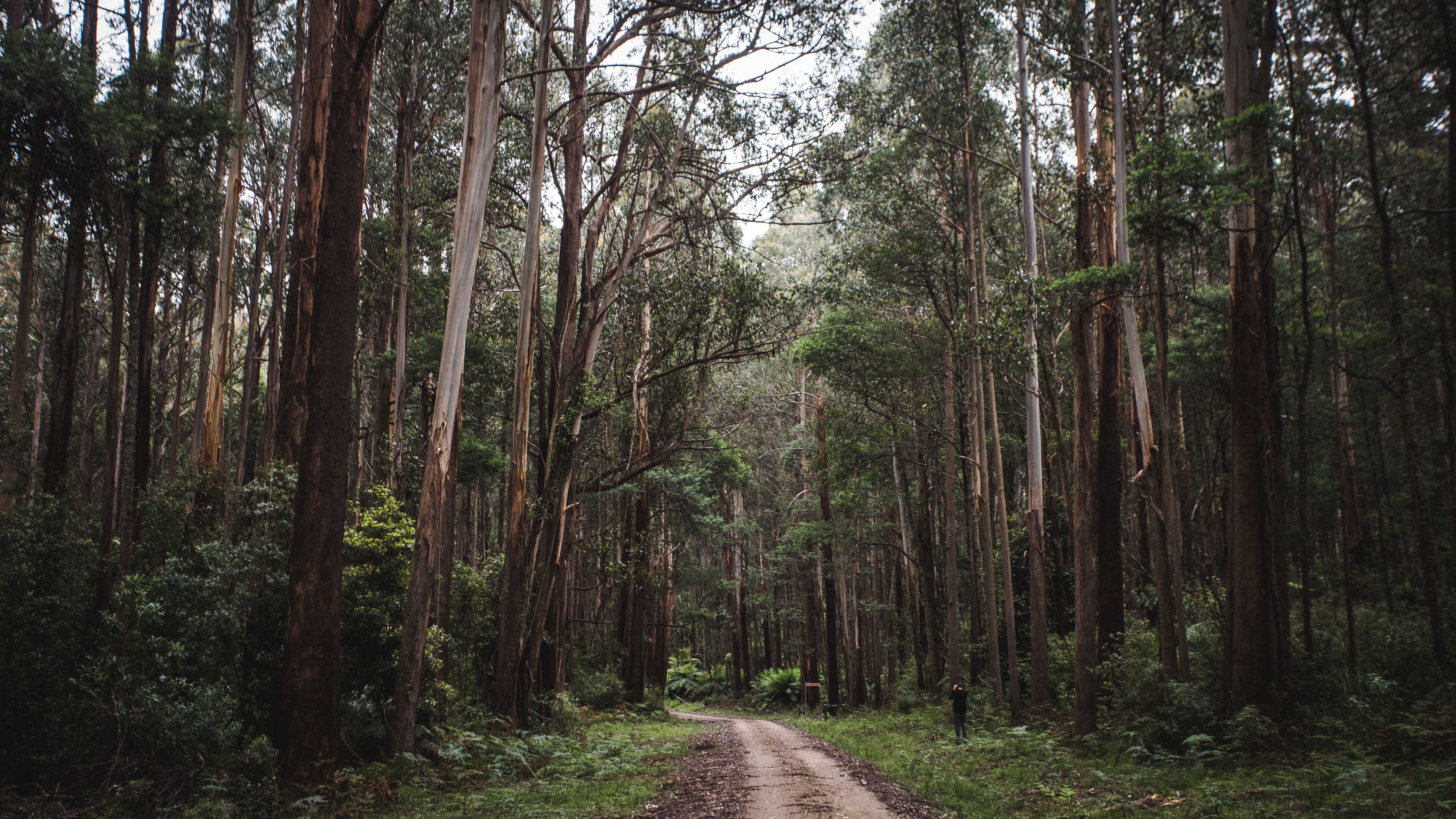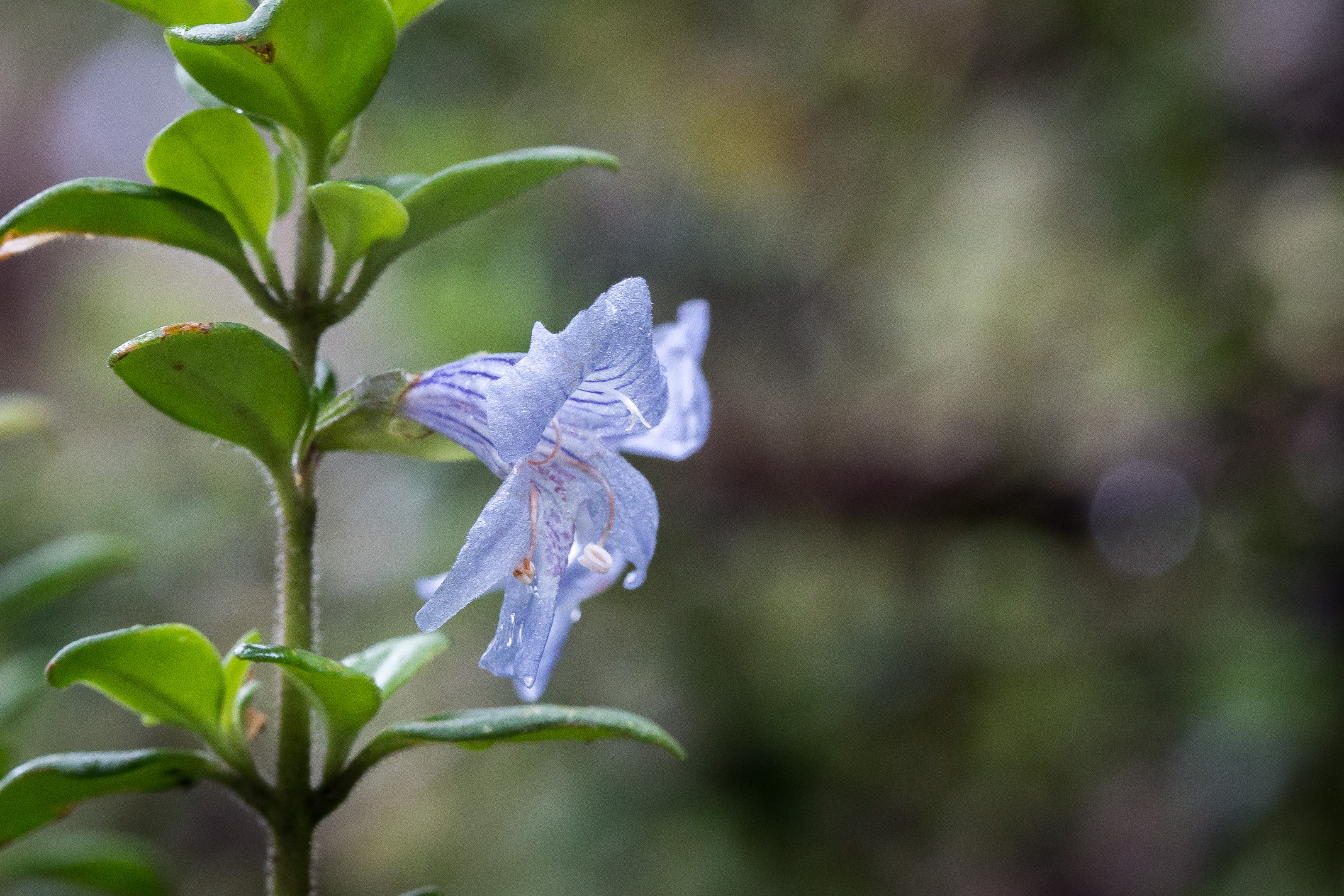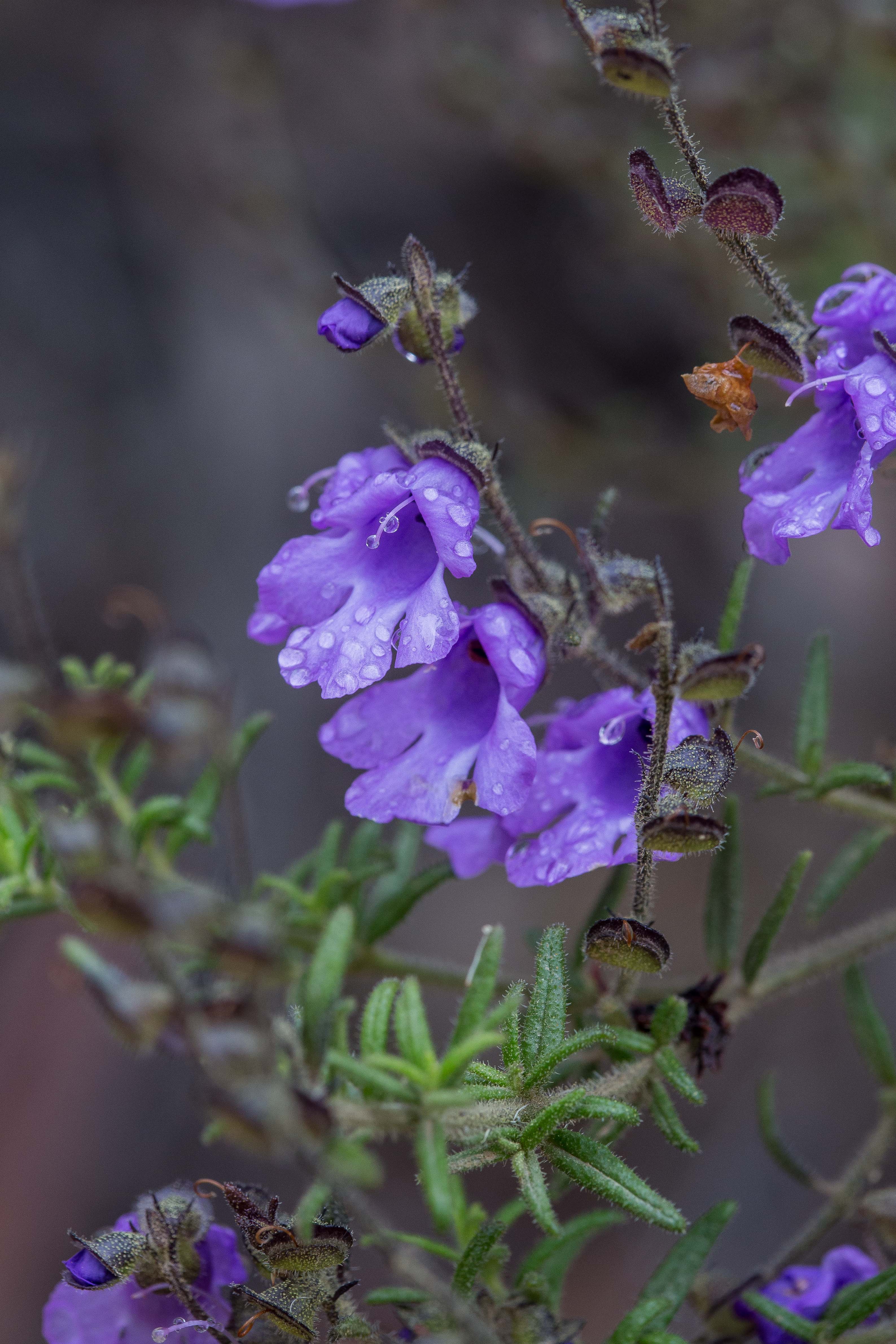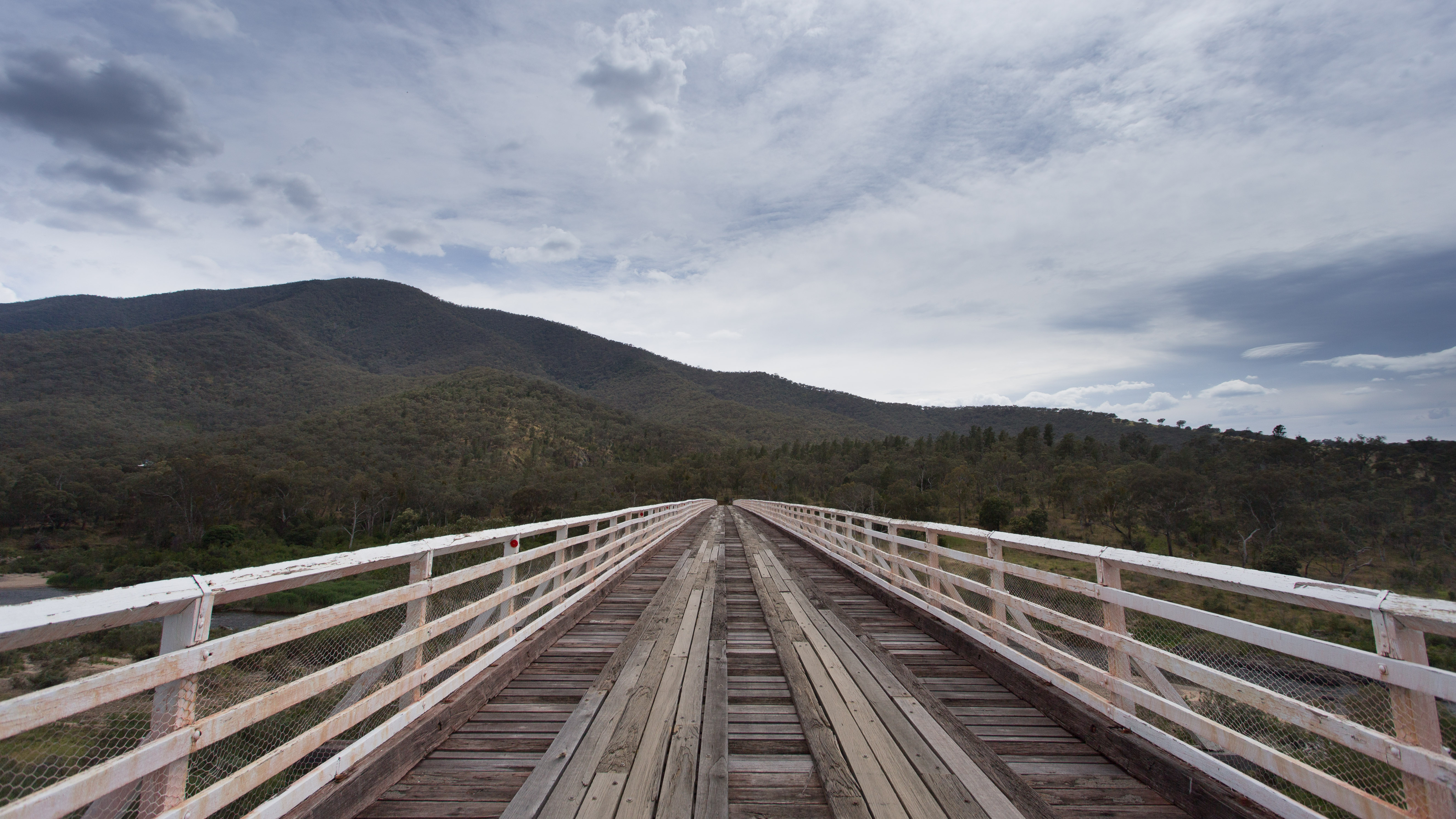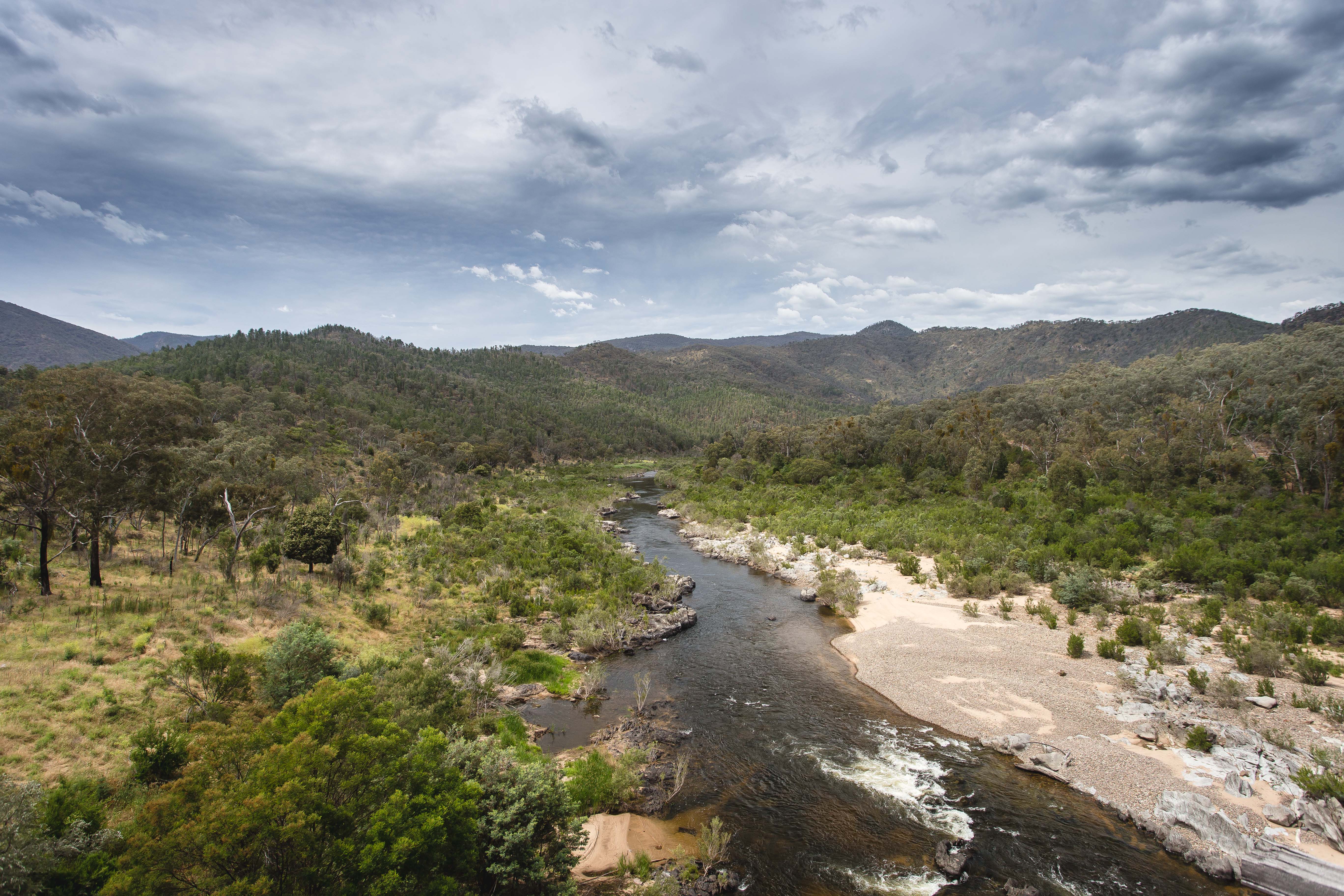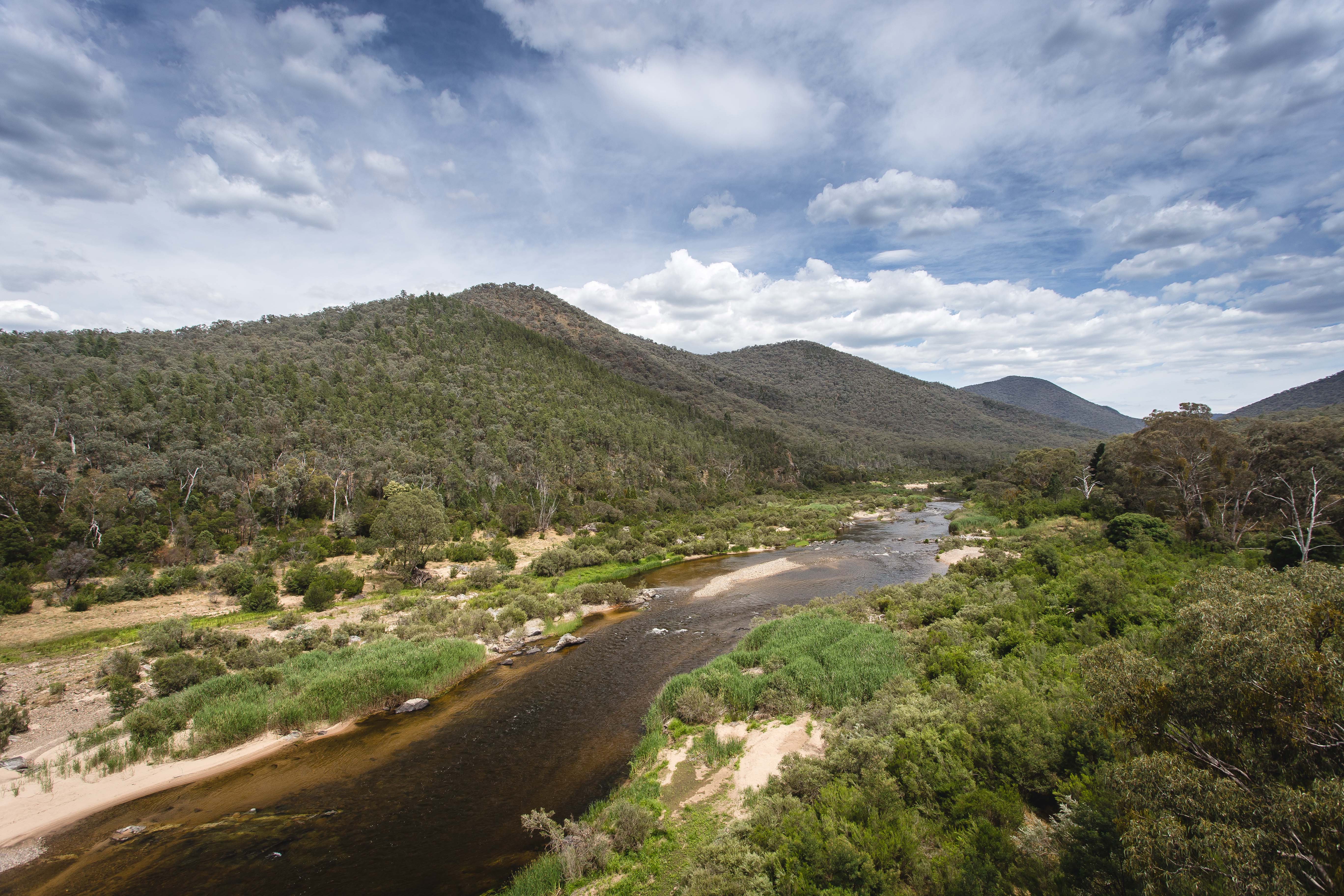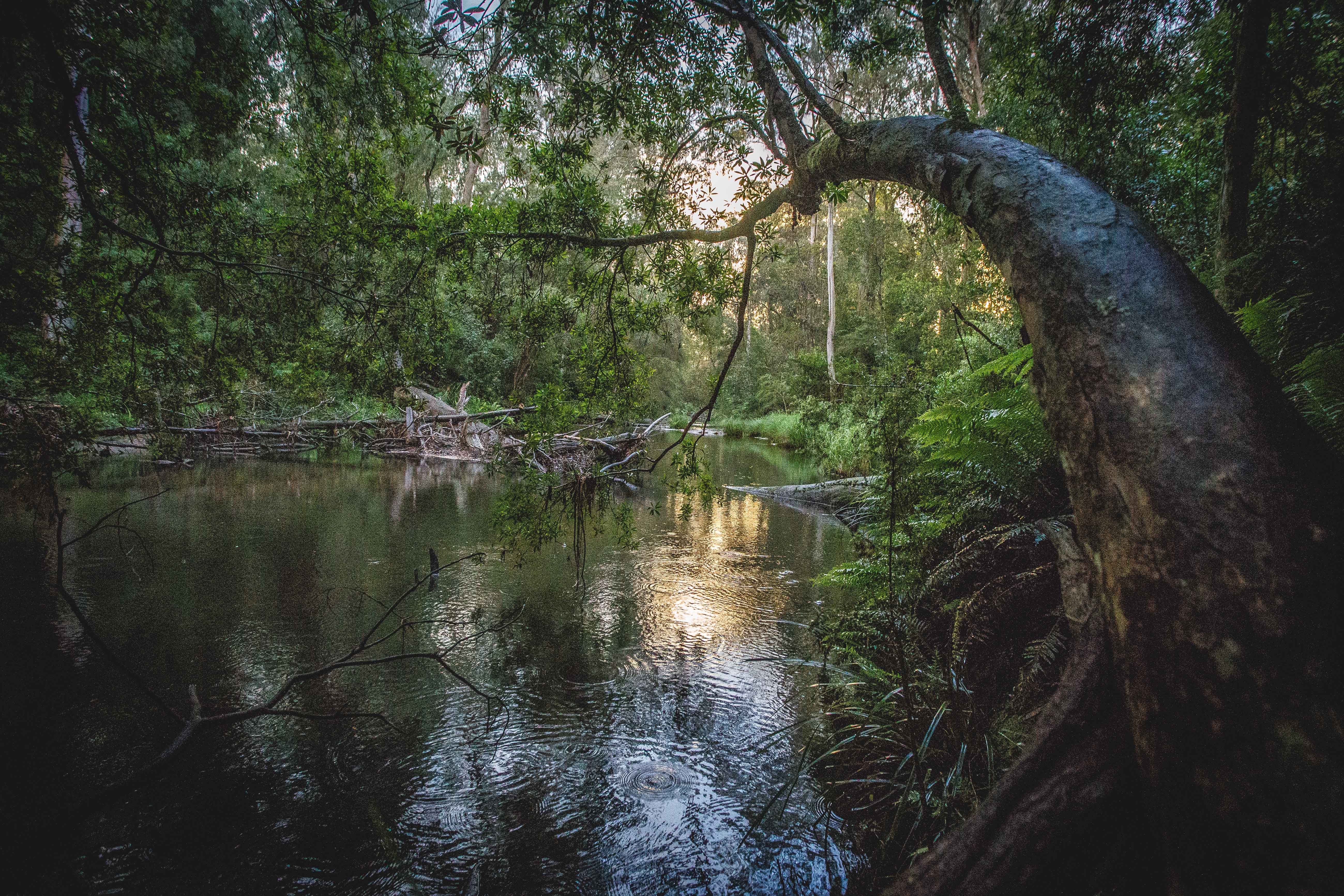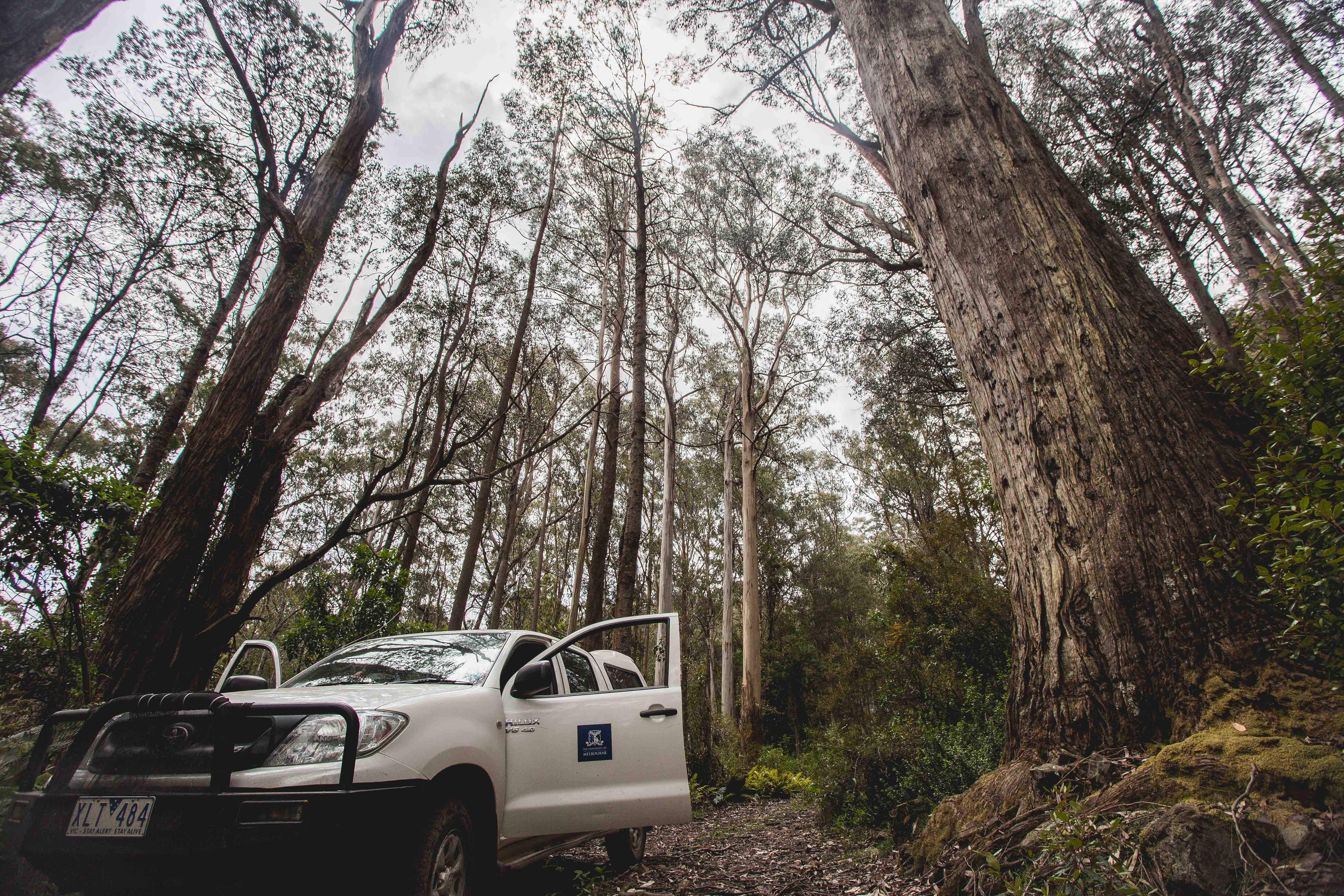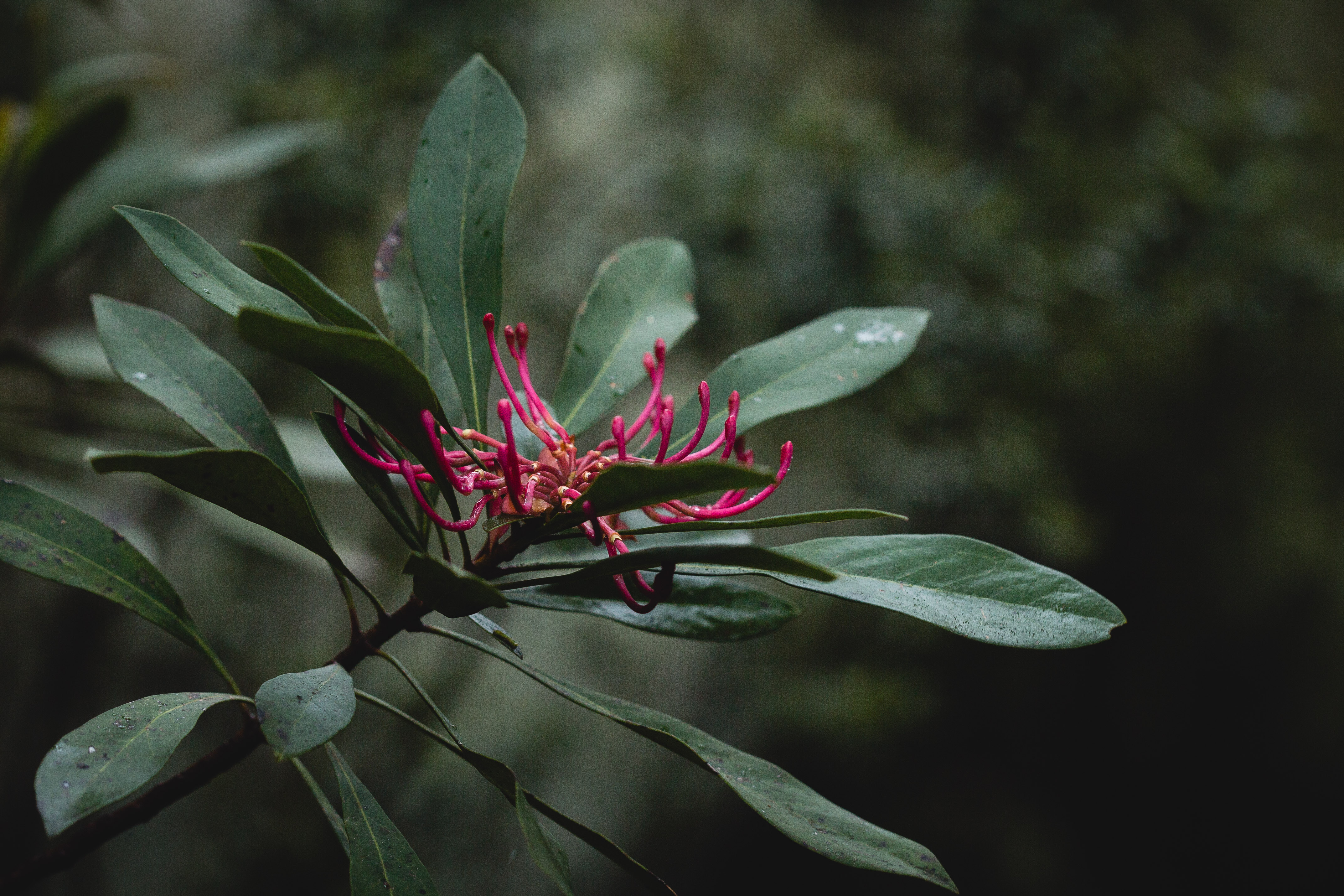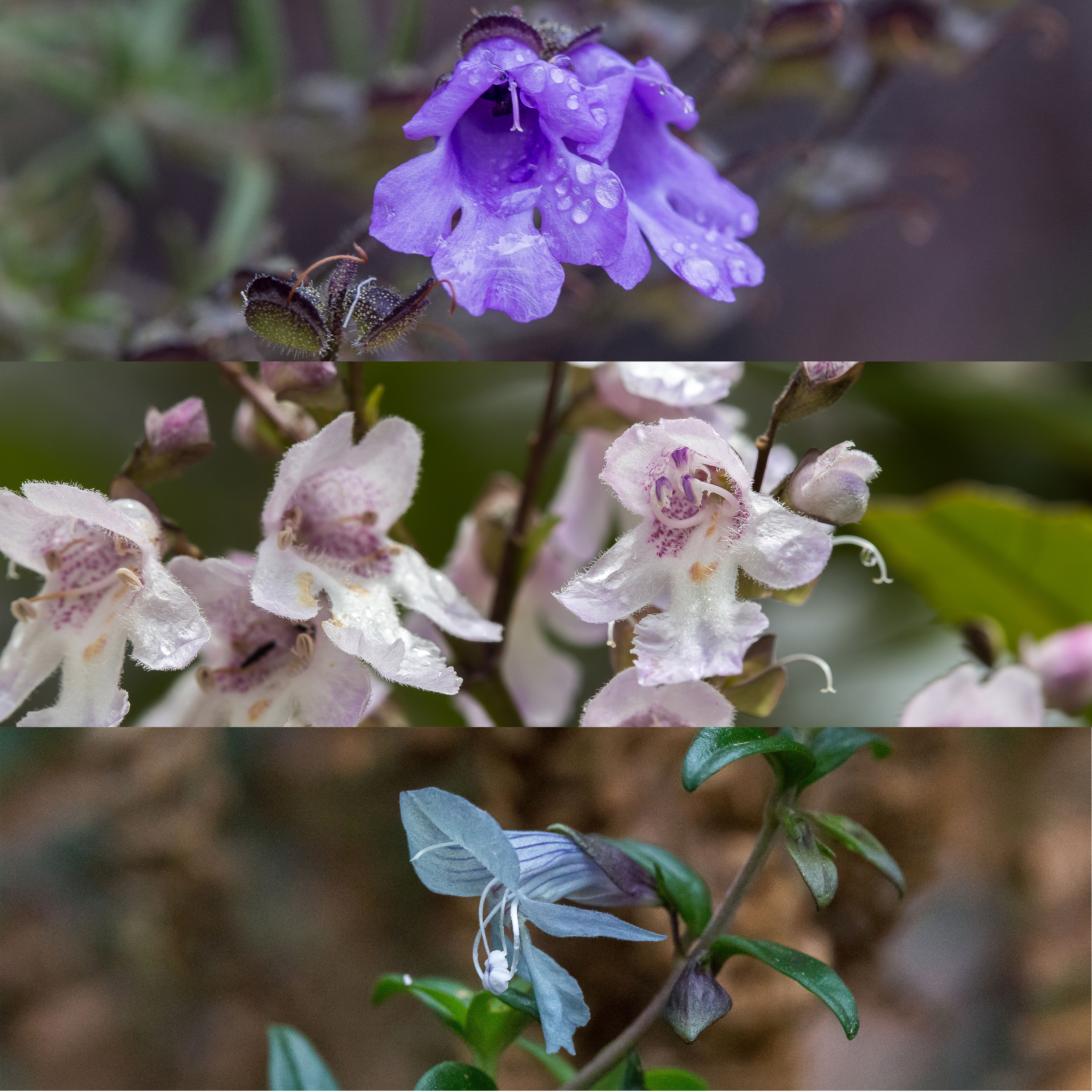I spend a lot of time thinking about flowers and beer. Thinking about flowers is part of my job, and beer—that’s my current obsession. Thoughts collide, and I recently found myself dwelling upon what they have in common: that most marvellous microbe, yeast.
Yeast is that critical fungus that converts sugar solutions into beer and wine, and while we’ve got a handful of domesticated strains harnessed for beverage production, diverse and untamed wild yeasts are everywhere. They are in the air, on plants and animals, on your skin, in your hair. Wild yeasts are particularly abundant in flowers, and that’s because flowers provide a source of freely available sugar by way of nectar.
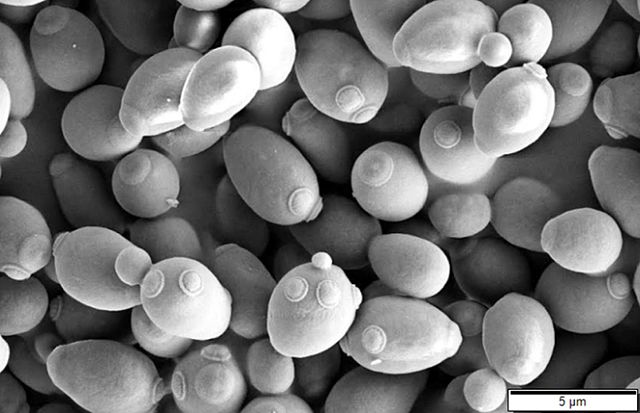
Brewers/baker’s yeast (Source: Wikimedia Commons)
Given this obvious overlap, a natural and totally irresistible work-hobby collaboration sprang to mind. Could I capture a wild yeast from flowers of my study species and use it to make beer?
Now I am not the first to try this. Wild yeasts and other microbes have had a long history of use in creating beer. Belgian brewers have perhaps the most celebrated and storied traditions in this area—their Lambic beers are created by leaving fresh, unfermented beer (wort) to be inoculated by whatever yeast and bacteria the atmosphere may gift them. Wild fermentation is a growing global trend now, with numerous craft breweries here in Australia (e.g. La Sirene and Wildflower), and internationally (e.g. Allagash, Trinity) establishing strong reputations for artisanal ales fermented with the help of local microbial biodiversity.
While the diversity of wild yeasts might be wide, not all are useful for producing beer however. Many yeasts die in the presence of moderate alcohol, many cannot ferment all but the simplest of sugars, many produce unpalatable by-products during fermentation.
So where are we most likely to find the best, most useful wild yeasts for beer production? This is where floral biology meets brewing.
Floral biology meets beer brewing
Nectars are produced by flowers as rewards for the service of pollinating animals. Because some flowers specialize in being pollinated by particular kinds of animals, they evolve specific traits that cater to the biology of those animals. For example, moth-pollinated flowers are white so that they are visible in low light, bee-pollinated flowers evolve UV-reflective runway markers to guide accurate landing and foraging, carrion-fly pollinated flowers smell like rotting flesh. In the same fashion, nectar is shaped by evolution to cater to the specific creatures most likely to consume it.
One way nectar becomes tailored to its consumer is by its sugar concentration, which varies wildly. At the concentrated end, exceeding 50% sugar by weight, nectar is very viscous and sticky and difficult to suck up through long or thin mouth parts. These nectars cater to insects with short tongues like bees, flies, wasps and beetles. On the other end you have dilute nectars, with 10 – 25% sugar concentrations, and these are perfect for birds to lap up. By a happy coincidence, the sugar concentrations of bird-adapted nectars are in the same range as unfermented wort. Recognizing this was what led me to try hunting for yeasts in the flowers of my study species—the bird-pollinated shrub Prostanthera walteri.
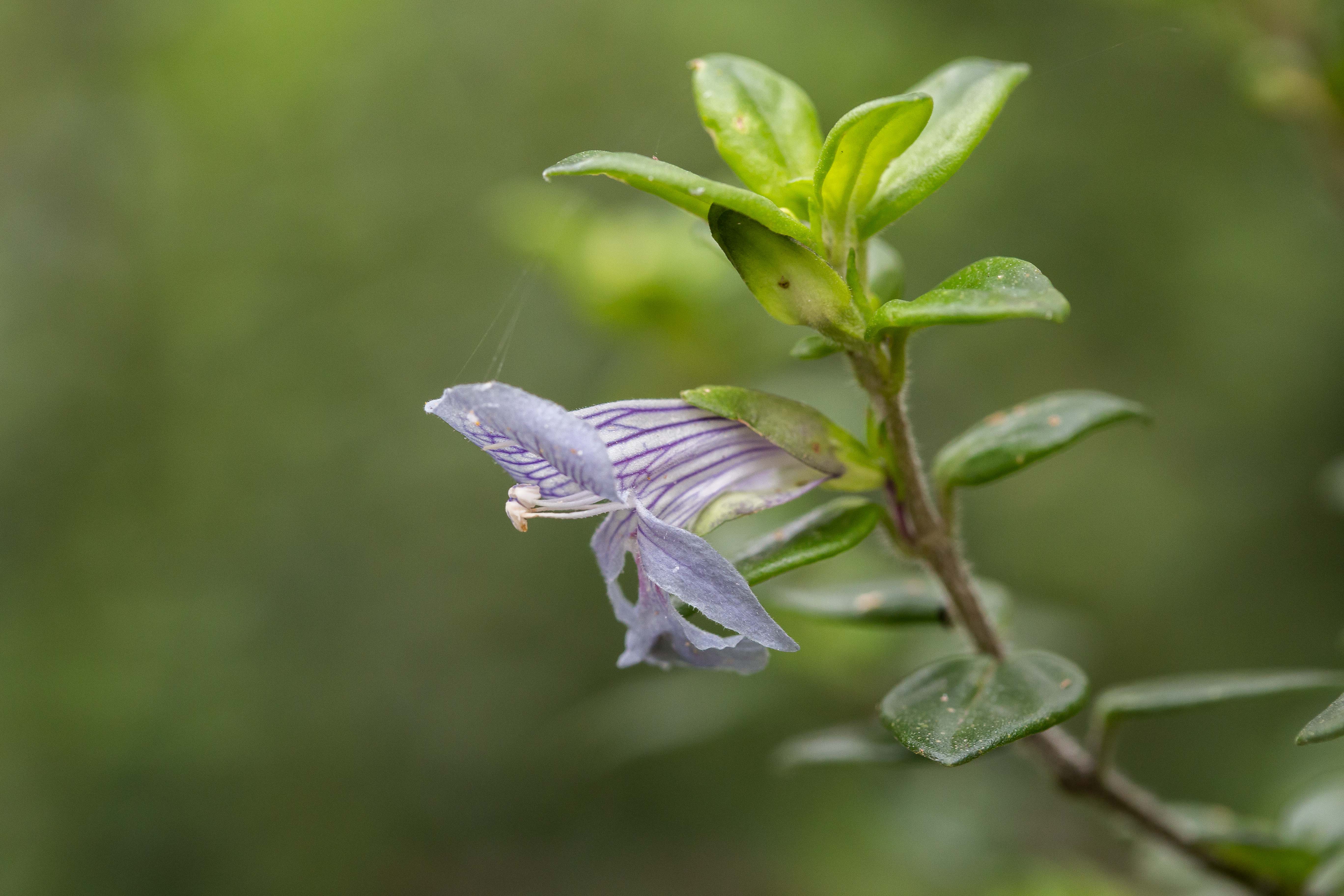
Monkey Mint-bush (Prostanthera walteri)
Also known as the Monkey Mint-bush, this is a rare shrub growing amongst boulders on a few misty, granite peaks in remote East Gippsland, Victoria. I have been getting to know the plant for a couple of years now, using it in a study to understand how bird-pollination might differ from insect-pollination. And so on a January field trip to collect some data, I took the opportunity to collect some fresh flowers and take them back to my home lab (kitchen bench) for bioprospecting. At home, I made up a test wort: a low concentration malt-extract solution to mimic the conditions of beer, then I syringed out the nectar from several flowers and spiked the test jars with whatever might be living in the nectar.
And it worked. Most of the test jars began fermentation, and sniffing the results revealed various aromas of bright apple juice, white wine, earth and smoke. After months of re-culturing these initial samples I now have what I think are two different strains* of nectar yeast, one of which just produced its first beer.
So how does it taste?
Interesting, and not bad… and that’s all I’m willing to venture at this stage of the experiment! The yeast fermented very quickly, and chewed through 79% of the available sugars (which is more than some domesticated brewing strains). It has a somewhat Belgian Saison-like character, with strong pear and floral esters, some smoke and spice, and a very slight tartness.
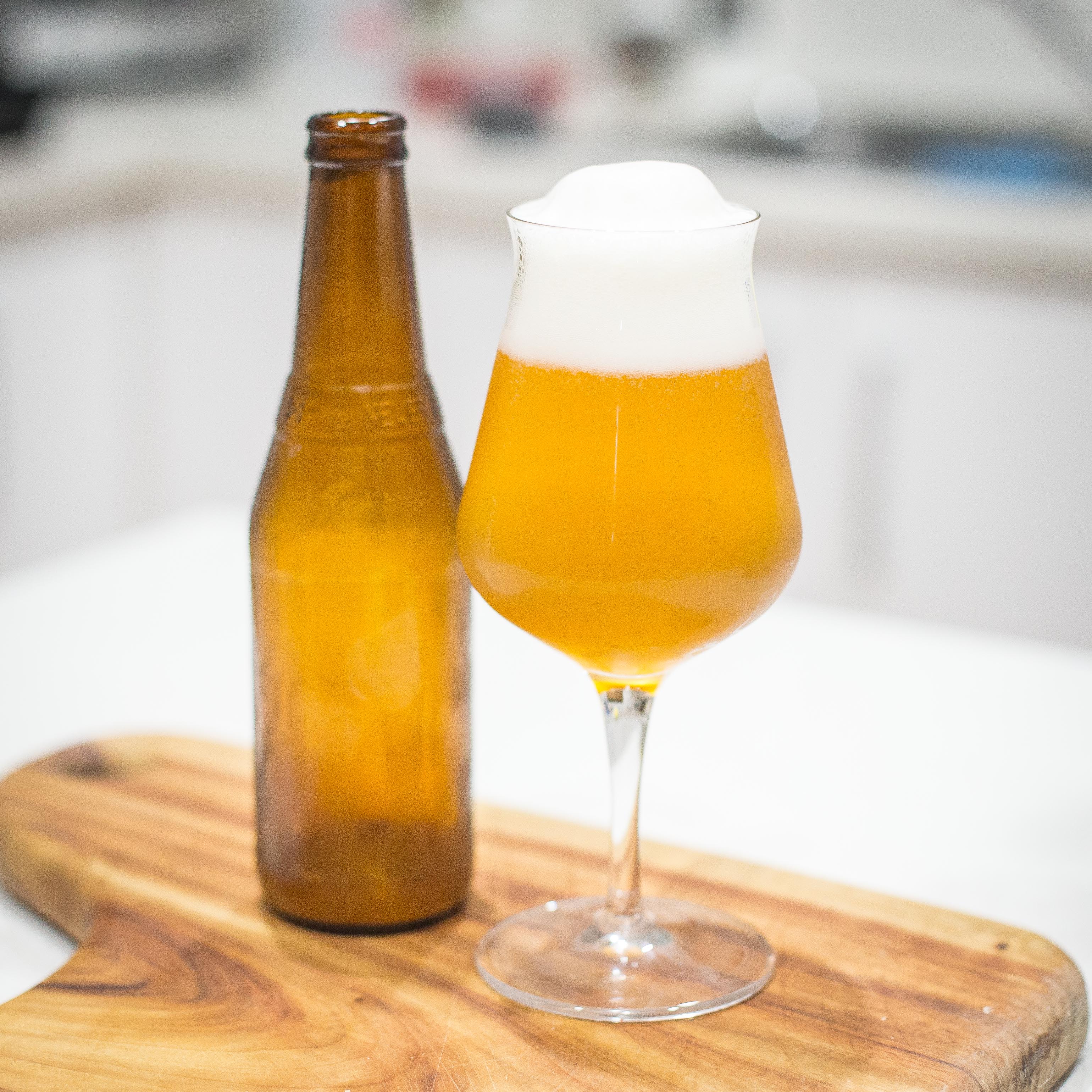
I was quite blown away at how well this yeast performed, fermenting much like a domesticated yeast, yet with a much bigger, bolder, dare I say “wild” flavour. It is stunning to think that it has probably existed in flowers in remote eastern Victoria for some thousands to many thousands of years, and one can just go and pick it up and persuade it to make interesting beer. And as I get to know it better, perhaps that beer will become both interesting and delicious.
Thanks to Ruth Barry (Boatrocker Brewery) for inspiring conversation and advice on this.
*These are technically mixed cultures, but I believe they each have come to be dominated by single strain of yeast.


